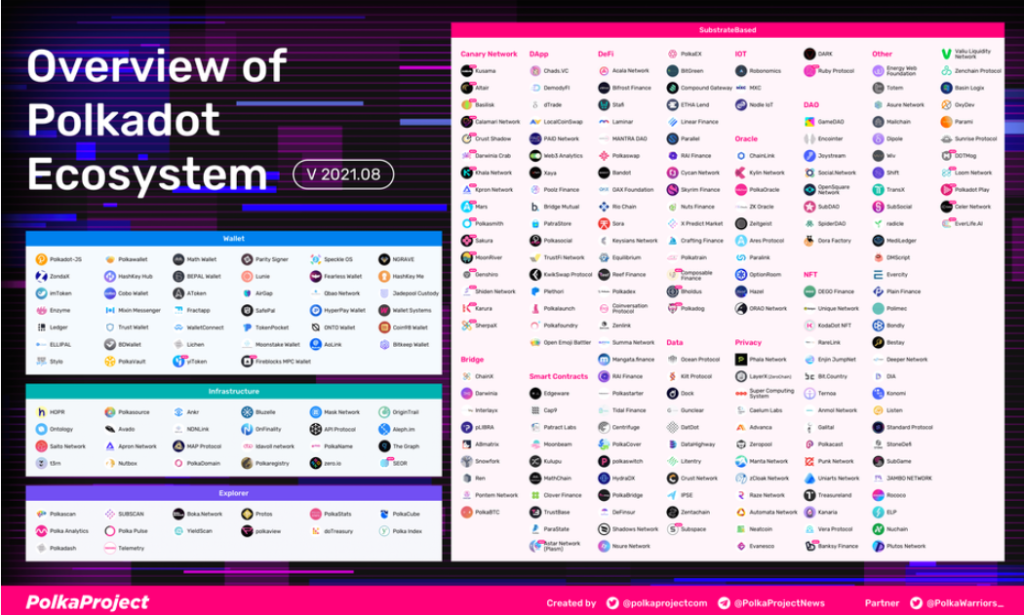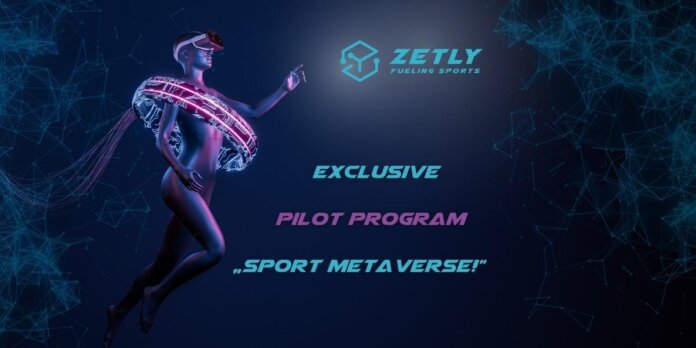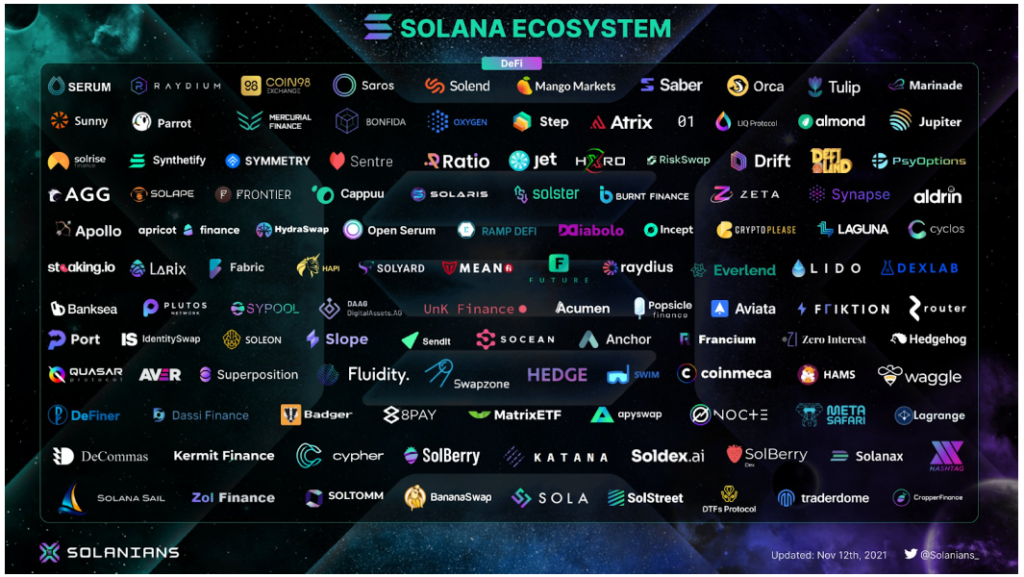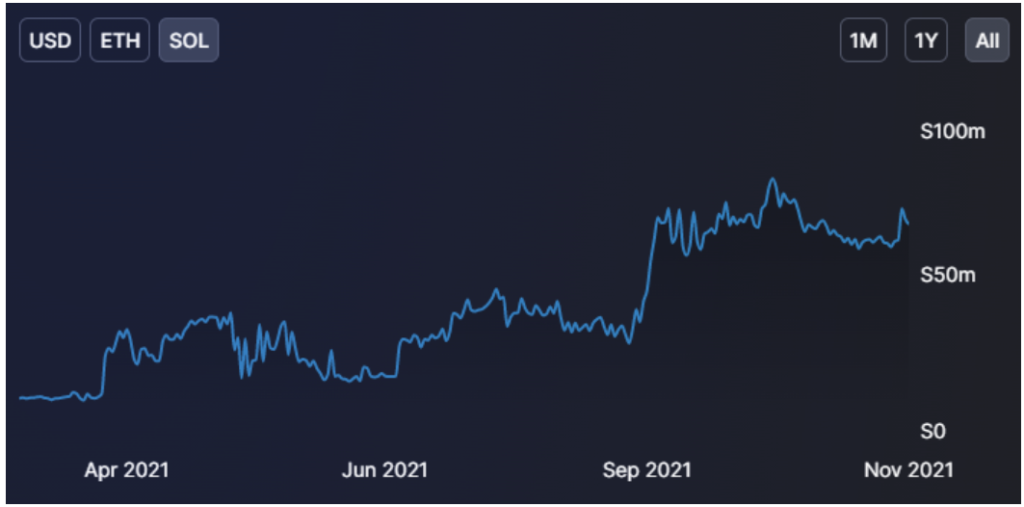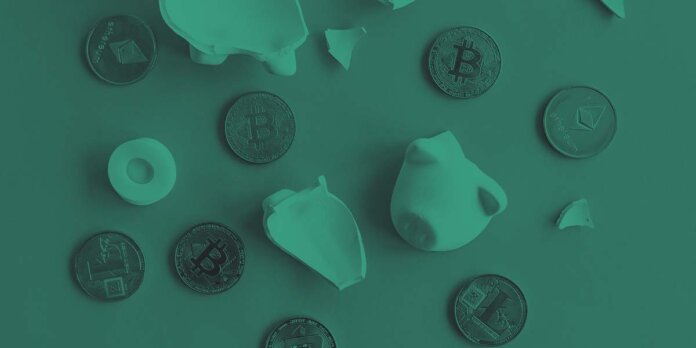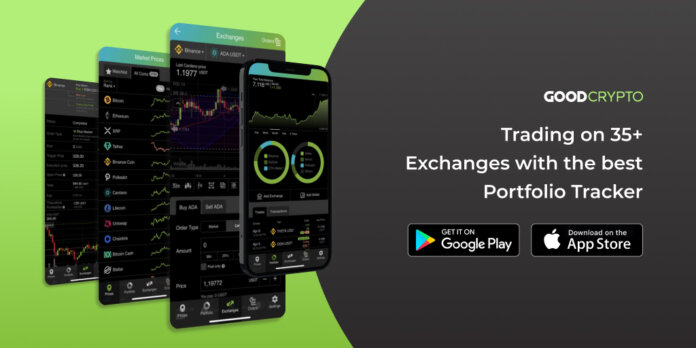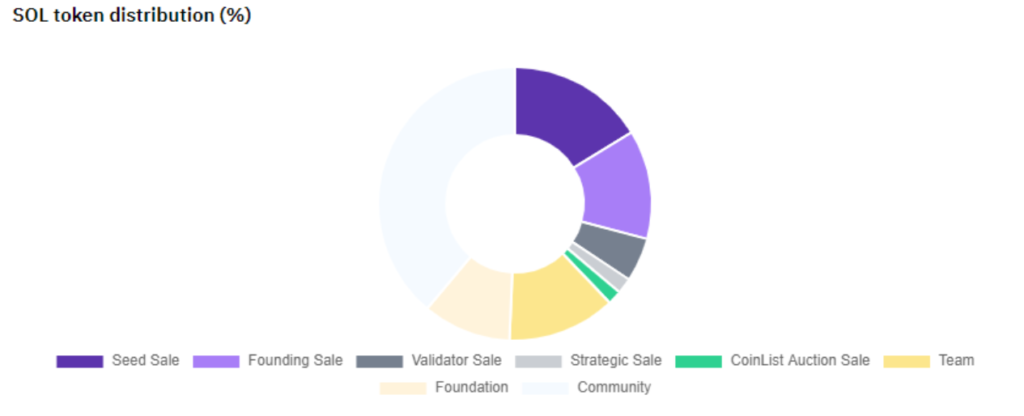Sport is a part of life that carries emotions and lasting relationships. Zetly, uses the latest and most advanced technological solutions, to harness these sports emotions, fan involvement, and create a bridge to the digital world for the entire sports industry. Zetly uses blockchain technology to build an all-in-one platform, introducing clubs and their fans to the new digital economy.
At present, Zetly with technological partners, Transmira, Haste Arcade and PowChess, announces the exclusive pilot program “Sport Metaverse”. Based on the solutions of the WEB3 ecosystem, blockchain networks and digital technologies, Zetly will offer a limited number of selected sports clubs the most advanced technological solutions transferring them to the sports world of Metaverse. Zetly will help them create a virtual NFT Fan Digital Store and virtual Play2Earn games.
The technology being used will link the club’s 3D and NFT objects to real-world assets and products, enabling creators and brands to monetize the new economy. Sport Metaverse is about the experience, usability and value creation thanks to powerful technology that can be applied to almost any market and sector. In addition, selected clubs will be able to use the solutions of the sports platform All-in-One Zetly and thus will be able to issue their own club tokens, create their own NFT, organize crowdfunding campaigns and offer unique sets of digital collections.
PROGRAMME DETAILS
The program includes a 3D digital twin of the football stadium and its surroundings, creating a twin stadium virtually. This will be created in partnership with Transmira. The virtual stadium will be a place where fans can meet and cheer their teams from anywhere in the world.
On the one hand, such a solution will allow fans to experience emotions at an even higher level than before, and on the other hand, it will create new opportunities for clubs to monetize their involvement. Football club sponsors will be able to present their products in a virtual space. Club partners, in turn, will be able to set up their virtual stores there.
“The Sport Metaverse is an opportunity for development and a tool to engage fans, which is an ideal investment for those who put a close relationship with their fans first. We propose a solution that will be a revolution in the world of sport. In this project, we want to use the experience gained during the 3D scanning of buildings in Los Angeles. We are convinced that our Omniscape™ platform is the perfect partner for Zetly in the sports program”, said Robert Rice, CEO of Transmira Inc.
Transmira is one of the most advanced technology companies creating solutions on the BSV blockchain, which seamlessly combines AR augmented reality, VR virtual reality and 3D spaces with the real world.
Play2Earn solutions will be another element of the Sport Metaverse program. Zetly, together with the clubs participating in the program, will offer their fans games that allow the fans to earn Instant Leaderboard Payouts™ (ILPs™), along with tokens and NFTs of the club that can be used within the games. These solutions will be implemented in cooperation with Haste Arcade.
“We will provide the clubs participating in the Zetly pilot program and their fans with a solution using ILP, a virtual scoreboard that allows instant real-time micropayments for participants,” said Joe De Pinto, co-founder of Haste Arcade.
What is more, P2E solutions, such as Away Games, will allow fans to expand their knowledge both virtually and live, for example about the city to which their favorite team is going. Again, thanks to the combination of AR, VR, and geolocation, fans will be able to earn tokens for their favorite team or NFT awards. They will be able to do this by visiting unique places virtually, or in the real world, learning about the history of a given club or interesting facts from its life.
The NFT Digital Fan Store, a virtual shop of club products in the form of NFT. This is another interesting solution included in the pilot program. It is worth adding that the NFT standard combines offering products and services with blockchain as proof of ownership of digital items available in many Metaverse. It is an amazing combination of three different worlds: the real world, where the physical product is delivered right under the door, the world of Metaverse, where example digital t-shirts are worn by digital avatars, and AR reality, where virtual items are presented in augmented reality. Thanks to future solutions based on virtual worlds such as: Sport Metaverse, Sandbox or Decentral and, the buyer of the t-shirt will be able to, for example, appear in it at a fan meeting in one of the virtual worlds in the Metaverse space.
A particularly essential element of the pilot program will also be the possibility of using the solutions proposed as part of the All-in-One platform, which is currently being created by Zetly.
“Remember that in addition to the sports metaverse solutions, the digital fan shop or games in the virtual space, the Sport Metaverse Zetly program allows clubs to issue their own virtual club currency – the Club Token, using it is All in One platform. Thanks to the tokens, it will be possible to pay for real and virtual products and services offered by clubs” – said Michał Glijer, CEO of Zetly.
Each participating club will also receive a unique educational package. The most crucial elements of this package will be personalized workshops for the club and a compendium of knowledge, i.e., the textbook. “Strategy for the implementation and use of utility and NFT tokens in the marketing activities of a sports and e-sports club.”
THE VIRTUAL FUTURE OF SPORT
The Zetly pilot program is a revolution in the world of sport. For fans, it offers unlimited opportunities to experience new emotions, such as cheering in a virtual stadium, meeting other fans in a virtual bar or shopping for digital souvenirs, collections and NFT, which are not only digital items but also give them access to exclusive content. In turn, for clubs it is undoubtedly an opportunity to monetize fan engagement and new spaces for club sponsors, and thus new revenue streams.
There is no doubt that the creation by Zetly and its partners of the exclusive Sport Metaverse program will be a landmark in the history of sport in the world.
